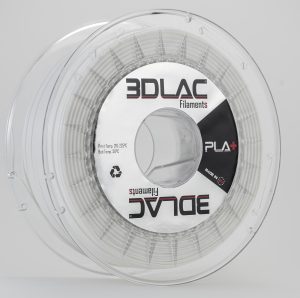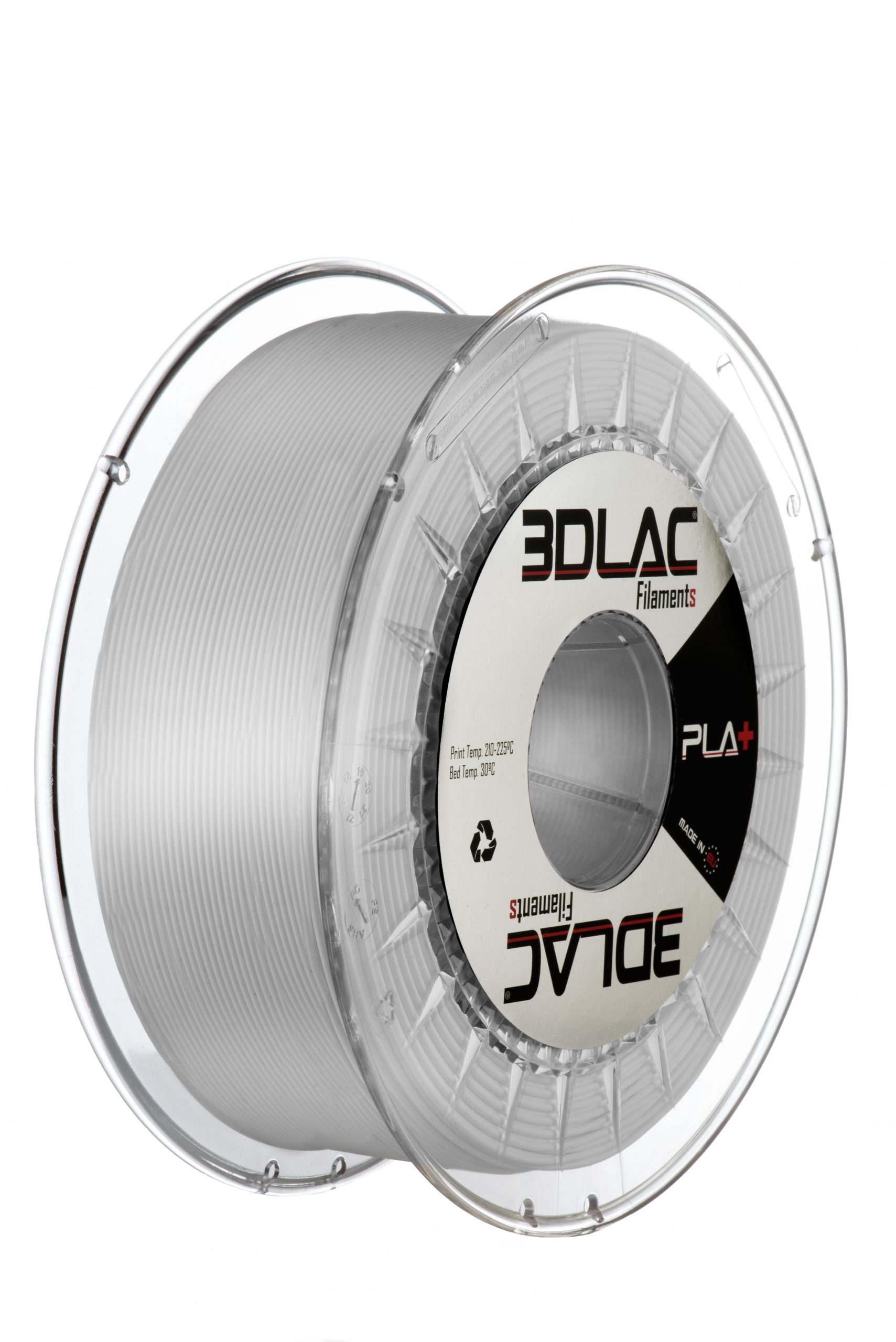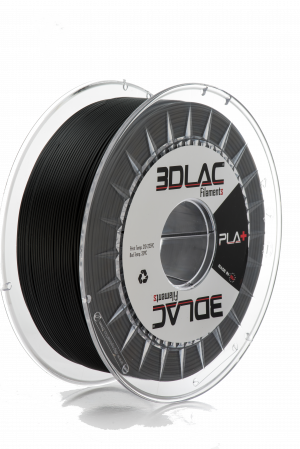Description
This filament, which has superior mechanical and thermal resistance, has a high temperature resistance of up to 75 to 85ºC after the thermal annealing process.
With this process, it can give rise to highly resistant parts that can be machined, being a perfect alternative to replace technical materials such as ABS.
The annealing process can be performed for 10 to 15 minutes in boiling water or in an oven at 100 to 110ºC.
If the part is to be processed by annealing, it must be printed with 100% filling and an additional 1% dimensional scale on all axes to compensate for shrinkage during the annealing process.
It allows the printing of high resolution and complex parts. It avoids the deformation of the parts and is useful for printing bridges without the need for means.
Due to its high mechanical properties of impact, flexion and traction, it is possible to obtain highly resistant parts.
Often used by industry for its excellent quality/price ratio.
Suitable for the most advanced and professional users as well as for those who are just starting out.
 PLA filament is a stable, permanent and odourless polymer.
PLA filament is a stable, permanent and odourless polymer.
If you want to obtain extraordinary surface finishes with PLA, we recommend that you coat the surface with the high filler spray used by car paint professionals, which you can find in the accessories category called Berner High Filler Spray.
This can be used to sand with water-based sandpaper and polish to a perfect finish, without noticeable lines and imperfections.
For higher 3D printing performance, we recommend applying 3DLAC to the base of the platform.
With the application of 3DLAC, you can print PLA without even heating the HOTBED.
If you heat the heater to 60°C for the PLA material, you can completely eliminate all deformation problems.
For a correct maintenance of your 3D printer, we always recommend to change the 3D filament material, to purge it with a special cleaning filament.
This ensures that no traces of material are left on the walls of the nozzle, avoiding the accumulation of crust that is created every time the material is changed.
With this product, problems such as “clogging” and “jams” are avoided and the nozzle is always kept clean, lasting much longer.
The 3DLAC filament is compatible with most FDM 3D printers, providing high temperature and impact resistance.
In addition, it presents mechanical and thermal properties similar to the ABS filament, becoming a alternative to materials of a styrenic nature. The filament has excellent properties for 3D printing: good adhesion to the printing bed, no bubbles, high precision of details, no clogging and no “tangling”, as well as low warping, curling and low odor.






Recent Comments